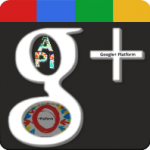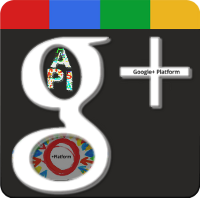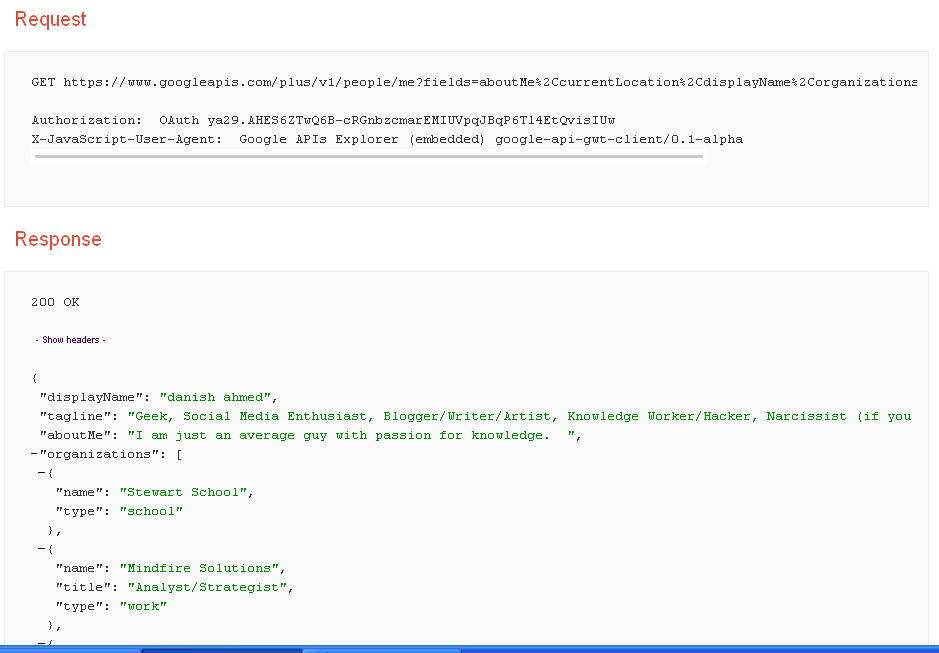 Google+ may not be turning out the “Facebook-Killer” many predicted it to be, but as of yet it has been sailing smoothly. Providing API for developers was the next logical step and sure enough,yesterday it released Google+ API. Be it Facebook,Twitter or even Foursquare, nearly all successful social services provide development platform to facilitate developers build apps which eventually contributes to the success of the service. In fact Google is one of the earliest providers of Web APIs such as Search APIs,Google Maps API. This would definitely provide a boost to the 3-month old project which is now beginning to see decline in popularity after a period of rapid growth.
Google+ may not be turning out the “Facebook-Killer” many predicted it to be, but as of yet it has been sailing smoothly. Providing API for developers was the next logical step and sure enough,yesterday it released Google+ API. Be it Facebook,Twitter or even Foursquare, nearly all successful social services provide development platform to facilitate developers build apps which eventually contributes to the success of the service. In fact Google is one of the earliest providers of Web APIs such as Search APIs,Google Maps API. This would definitely provide a boost to the 3-month old project which is now beginning to see decline in popularity after a period of rapid growth.
Google+ Platform blog makes it clear that initially they would be providing public data only in read-only mode which implies that nothing complex should be expected out of it at the moment but the developers are as excited as they should be at the prospect of taking programmable web further. To get data from the server you need to send HTTP Request with API method as URL parameter, the REST Server returns queried data in JSON format which can then be formatted and served to users. Further, Google+ API team provides open-source libraries for popular languages and frameworks such as .NET, Java, PHP, Ruby, Python, GWT and Objective-C to work with. A list of the latest Google+ APIs available can be found at https://developers.google.com/+/api/
However,before developing, it would be necessary to register the applications. Google+ API supports OAuth2 authentication to let the server identify the user and provide relevant data. While the same thing can be done to retrieve public data using profile’s numeric id, using OAuth2 to identify yourself to the server would help you use the identifier “me” instead of the rather longish numeric id. Alternatively,if you wish to use API key instead of OAuth2, you can procure an API key here https://code.google.com/apis/console/
If you just want to try out how these APIs work , but don’t have much time to spare, you can check out this example page https://developers.google.com/+/api/latest/people/get#try-it The screenshot below is the output of a HTTP request with the following parameters:
userId– me
fields – aboutMe,currentLocation,displayName,organizations,tagline
Note: When trying the above given example make sure you have authenticated using OAuth and have switched to Private Access mode
SOURCE : http://googleplusplatform.blogspot.com/2011/09/getting-started-on-google-api.html

